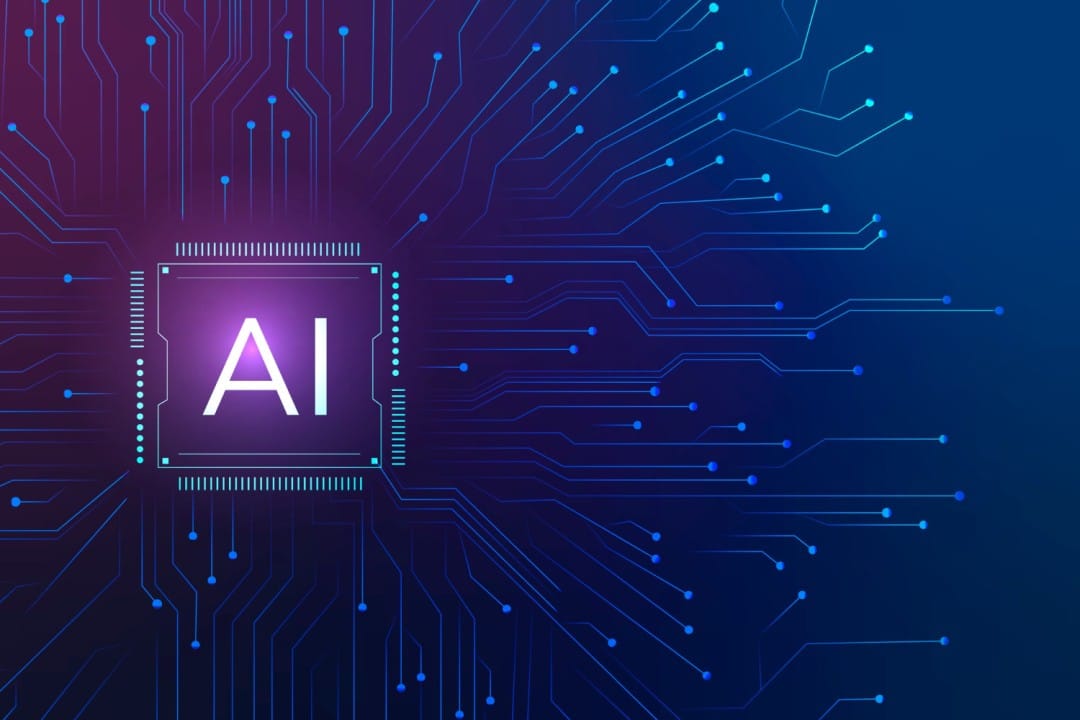Where are the opportunities for AI beyond just "boosting efficiency"?

Where are the opportunities for AI beyond just "boosting efficiency"? After discussing with several AI professionals, I've come to a basic conclusion:
"Collaborating with industry experts to identify high-value scenarios and developing AI-generated content (AIGC) solutions for these scenarios might be more profitable."
So, how do we find these high-value scenarios in various industries?
I've found some relevant insights in books like Yu Jun's Product Methodology, The Product Philosophy Behind WeChat, and Product Reflections. Here's a summary based on my understanding.
Finding Opportunities:
Every era has its own set of products. How can we stay attuned to the subtle shifts of our times?
- New Media and Channels: When a new form of media or a new channel emerges, seizing it can open up new markets. Similarly, new policies can change supply and demand costs. The common factor in these opportunities is the change in "relative prices."Example: These new media, channels, or policies might offer lower competition and subsidies or conveniences, making it cheaper to achieve the same results.
- Leveraging Changes in Relative Prices: To profit from changes in relative prices, you need to be familiar with at least one platform or strategy, or have cross-domain experts you can trust. Essentially, you need to become an expert yourself or have the ability to collaborate with one.
- Technological Advancements: In the AI era, technological advancements often cause widespread excitement. Why does technology create value, especially when a new technology emerges that can drastically change the world? It's because it affects many elements' "relative prices," changing the optimal choices for people and creating a chain reaction.Example: AIGC significantly reduces the "relative cost" of content production, inevitably leading to a boom in content creation.
- The "New" in Technology: The novelty of technology can also be relative. For instance, when Nintendo designs hardware, they often use the concept of "lateral thinking with withered technology." This approach involves using outdated technology in new ways, significantly reducing costs.Example: Gunpei Yokoi of Nintendo invented a "Love Tester" toy that used simple conductivity to measure hand sweat, repurposing "withered" lie detector technology cheaply and creatively in the toy industry.
Making Products:
Why is defining a problem often more important than solving one? When we're struck by an idea, we usually focus on the solution, spending most of our energy there. However, many products fail not because they lack good solutions but because they didn't properly define the problem.
- Defining the Problem: Many companies struggle with this because "defining the problem" is hard and doesn't yield immediate results. It's easier to jump from one solution to another, which at least guarantees workload and demonstrable progress.
- Product Development Steps - Find, Copy, Surpass: It's said that during management meetings, Meituan's founder Wang Xing would first determine if a problem is new or old. For old problems, someone must have tried to solve them before—just find the benchmark and learn from it. New problems are rare, but if you find a good feature or service in a benchmark product, don't just analyze how it's implemented. Think about what user problem it solves, where it creates value, and how this value is distributed. Understanding this from a value perspective allows you to predict its trends and grasp user needs.
- Understanding Needs: The essence of needs often boils down to psychological desires. The driving force of psychological satisfaction far surpasses mere utility or cost-saving.Example: A cost-saving SMS alternative might not succeed, but WeChat, as a "way of life," has a much higher potential. This reflects the paramount importance of psychological satisfaction. One significant undercurrent of our times is the collective emotional state.



